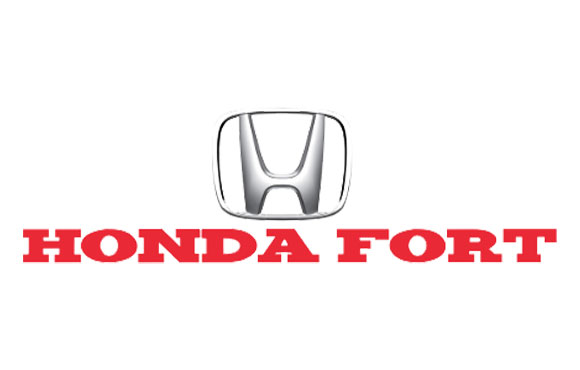ECommerce navigation or faceted navigation in SEO. There are phrases that SEO gods mess with when they hear them. Why? Because it involves duplicate content and very large sites. And we all know how hard it is to fix that.
The subject is difficult to master and comes with a lot of confusion on the side. Faceted search or filtered search? What is the difference between facets and filters? Which pages should I index? These are all the questions that webmasters ask themselves. So prepare for a ‘head-to-head’ trip as we will try to explain a couple of things in this article, such as the difference between filters and facets, the pages you should and should not index and the best practices for different scenarios .
Click Here : SEO Services
Hopefully, by the end of this article, you will have understood everything you need to know about how to set up facets for e-commerce websites and how to manage your URL parameters to get the best SEO results and Google rankings.
Beware: this article is about very advanced things and will twist your brain a bit. You can also twist your classifications, in a good or bad way, depending on whether you implement the modifications in the right way. The best implementation depends on the website and differs from one case to another. If you do not know what you are doing, it is better to ask for the opinion of an expert!
1. Faceted Search vs. Filtered Search:
What Is the Difference Between Search and Filters?
It took me a long time to understand this difference. Why? Because I did not know what facet it means. And I’m not talking about its meaning in eComm, I’m talking about its meaning in general.
So let’s start with that:
A facet is a side of a thing from many sides. Like a gem or a dice. We can also say that it is a particular aspect or characteristic of something.
Ok, so what does that have to do with the filters and the search?
Well, in e-commerce, the products of a website are generally divided into categories. Sometimes, that’s enough to navigate it. However, in cases where there are many products, it may not be enough.
In order to navigate the website efficiently, you will have to be able to order those products according to different attributes. You know, like size, color, weight, etc.
To see only the results that match certain criteria, you must apply something known as a filter. A filter can include elements that only contain the specified attribute, or it can exclude elements that do not.
Ok, then, what does that have to do with the facets?
Well, when you apply a filter, you can call each result page that returns a facet of the category you are currently browsing.
There are many websites that try to explain the difference between filters and facets. One explanation is that facets are unique pages and are extensions of category pages, while filters are only used to refine element lists.
While that is true, one thing that seems to be wrong is that the facets should be indexed and the filters should not be indexed.
In the articles that I have found (although I will not give the names) the writers used the following example:
Dresses
Go out
Night
See everything
Filtered by
Shipping
size
Price
Brand
Brand A
Brand B
Brand c
The writers argued that dresses and brands are faceted, therefore they should be indexed, while shipping, size and price are filters and should not be indexed.
Now, this may be very unlikely, but it may very well be the case! The best example that I personally know is in the used car industry. People look a lot for things like “used cars under xxx”.
In the following example, you can clearly see that Google automatically suggests these types of results:
So we can clearly see that people are searching for these keywords. Let’s do a search for “used cars under 10,000” and see what results we get:
It seems that they consider it a filter! He took the previous advice and used a noindex tag in his price filters, they would not be ranked number 1 at this time and we would not have reached his page.
Thank God they did not do that. Actually, it does a good job of telling Google which pages it wants to index and which ones it does not. We will use it more as an example.
So, the difference between filters and facets is that facets are the result of product filtering. You use filters and generate facets.
Although the definition of facets in the search is “sorting by multiple dimensions simultaneously”, which actually means using multiple filters, I like to define the facets as the pages that result from filtering a search.
In my opinion, it is not about having a filter or several filters. I can have a single filter: it will still create a facet. In this way, it is very easy to differentiate between them.
For example, I can apply a single classification filter, by price, that will create a facet. The problem, however, is that the facet is not unique. And that’s when Google has a problem with that.
Click Here : Digital Marketing Lahore



















